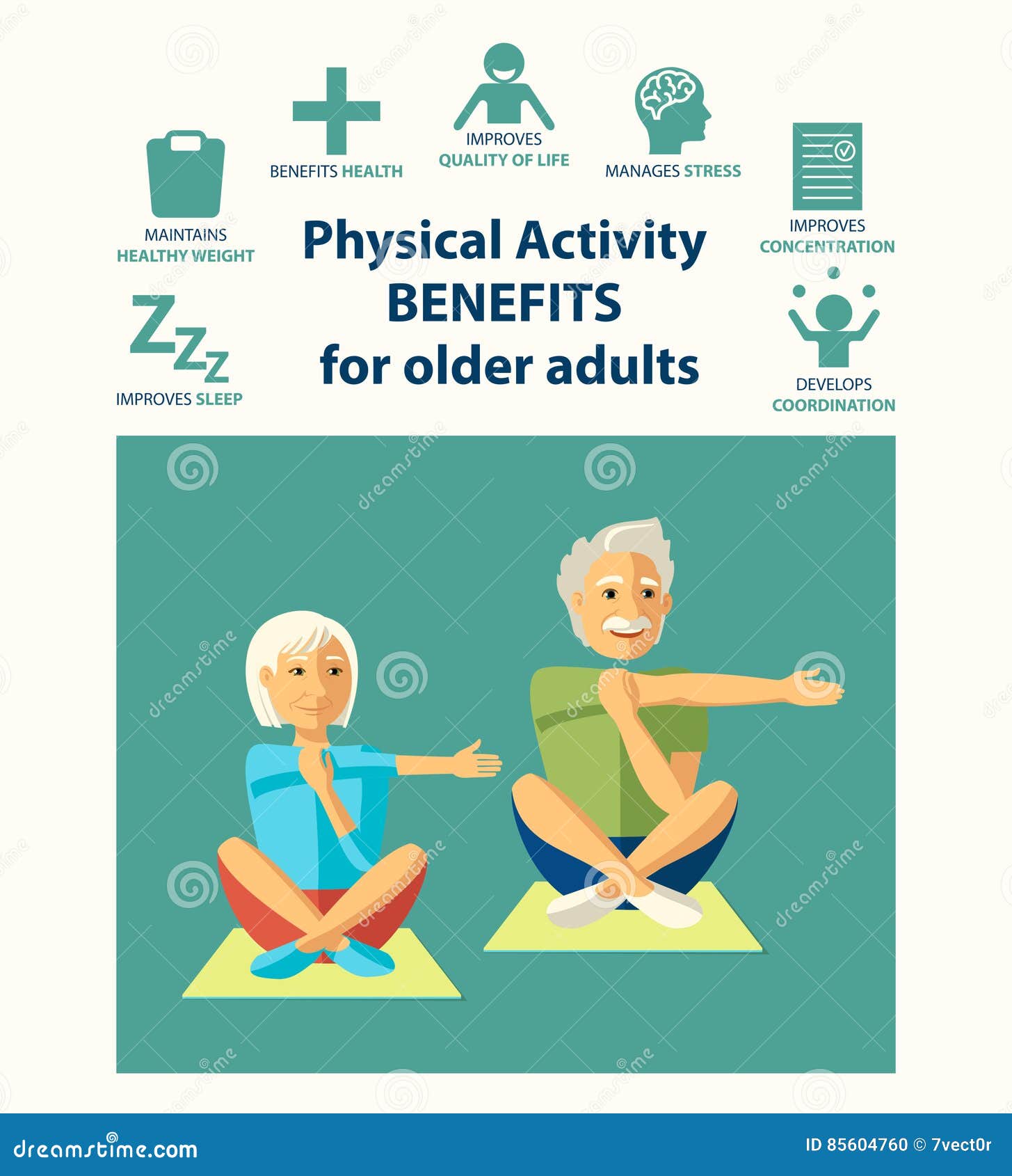

We should not be too prescriptive, therefore, concerning the types of activity we recommend for mental health. Some of the mental health benefits may be associated with doing something people “want to” and enjoy. It is also important to note that people have widely varying preferences for the types of activity they wish to engage in. While it is often MVPA and “exercise” that are considered to be associated with better mental health, we should not rule out the positive changes that can occur from lower down the continuum. activity should be viewed as a continuum ranging from virtually no movement at all (e.g., sedentary behaviour or sitting time) through light physical activity (e.g., light ambulation) to moderate‐to‐vigorous physical activity, MVPA (e.g., exercise, playing sports, cycling to work). Depression and anxiety: Exercise eases symptoms. Mayo Foundation for Medical Education and Research.Mary’s Sacred Heart Wellness Center in Lavonia or call (706) 356-7411. To learn more, check out our website or call us at (706) 389-3356 for information or to schedule a tour.Īnd, if you live or work in the greater Franklin County area, be sure to check out St. Our friendly and highly trained staff are committed to partnering with you to help map out a fitness plan that helps you set and achieve goals for better health.Ĭaring staff, excellent equipment, fun classes, 24/7 badge access, and a convenient location make it easy to stay on track. Mary’s Wellness Center can help you at every stage of your fitness journey. If you miss a day, don’t stress over it you can try again tomorrow. Give yourself credit for any step in the right direction. Prepare for bumps in the road.īeginning the journey and staying on track may not be easy, but it can improve your quality of life, sometimes dramatically. Also be sure to talk to your primary care provider about any issues that might affect your ability to exercise or if you experience pain beyond a little muscle soreness. Your provider can help you establish an exercise program that will enhance your overall mental and physical wellness plan. If you have known mental health issues, it is important to consult with a provider for guidance and support. Speak to your health care professionals for support.

Trying to do too much too soon can be discouraging. Finding a type of exercise you like will help you remain consistent and achieve your goals. For example, you might feel walking on a treadmill is a chore, but you might be energized by the camaraderie of a Pilates class. It is important to find one or more types of physical activity you enjoy. These tips can help: Find what you like to do. How can I get started and stay motivated?īeginning a fitness journey can be challenging for many people, and sticking to it over time can be even more challenging. It also helps release endorphins, which energize the brain and make you feel better. Exercise helps promote neural growth and new brain patterns that encourage overall better wellbeing. Chan School of Public Health showed that running for 15 minutes or walking for an hour a day helped reduce the risk of major depression by 26% (2). The Mayo Clinic has reported that 30 minutes or more of exercise a day for three to five days a week – just 1.5 to 2 hours total – can help improve depressive symptoms (1).Ī study from the Harvard T.H. Studies have shown that exercise can help manage mild to moderate depression as much as antidepressant medication – but without the side-effects. No matter your age or fitness level, incorporating daily exercise can be used as a powerful tool to help manage mental health struggles and improve quality of life. Feeling calmer and more positive about themselves.Feeling more energetic throughout the day.What are the mental health beneftis of exercise? Everyone knows that exercise is good for the body, but did you know it is also good for the mind? Exercise and fitness can have a positive impact on mental health by boosting your mood, improving your sleep, and managing symptoms of depression, anxiety, and stress.


 0 kommentar(er)
0 kommentar(er)
